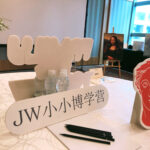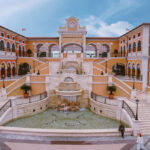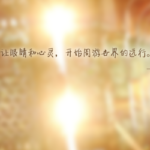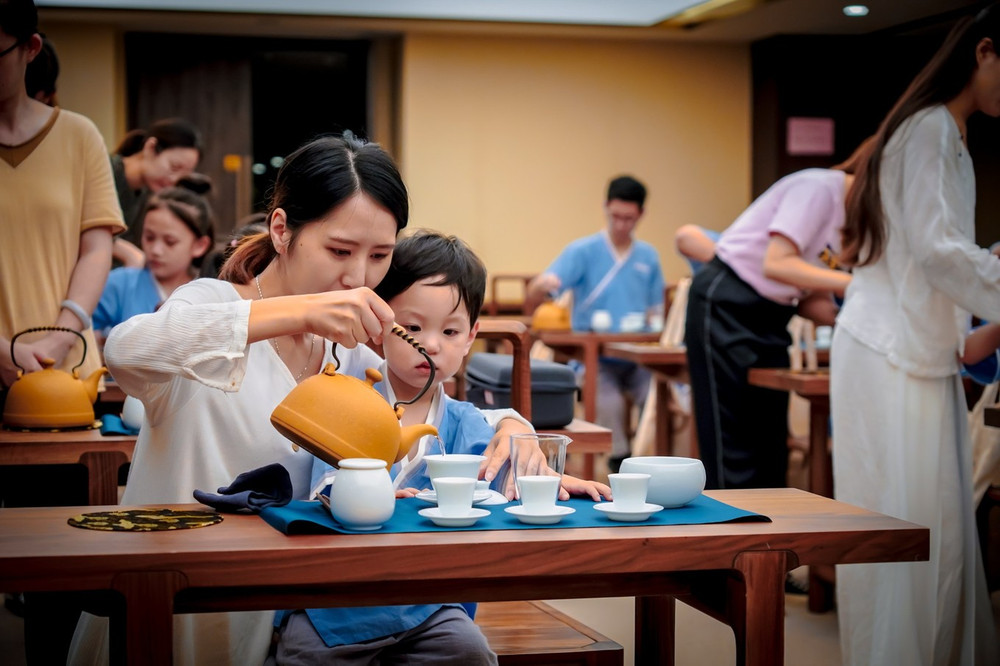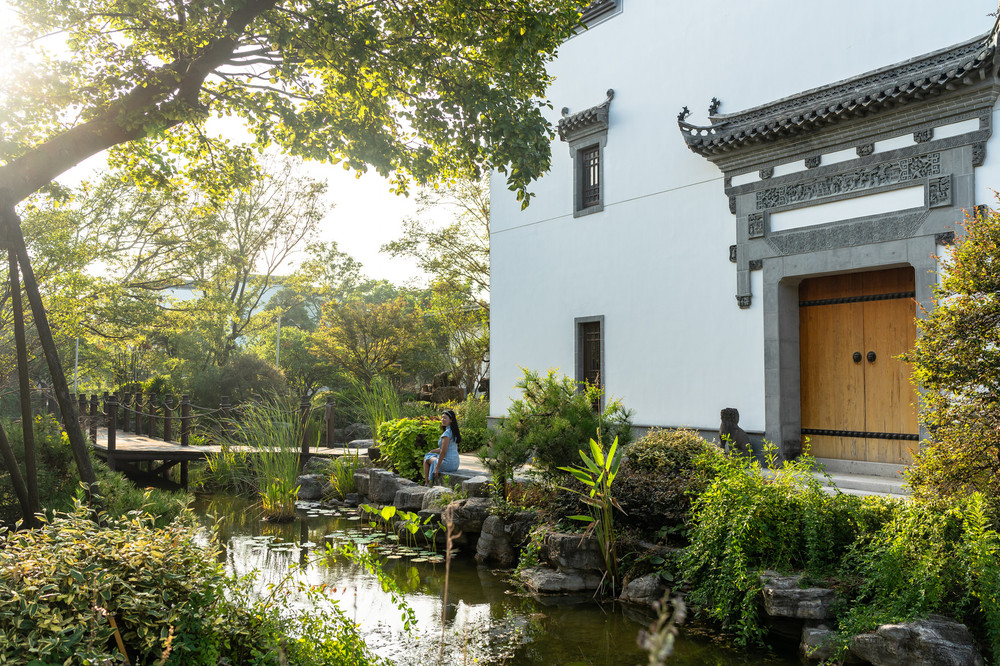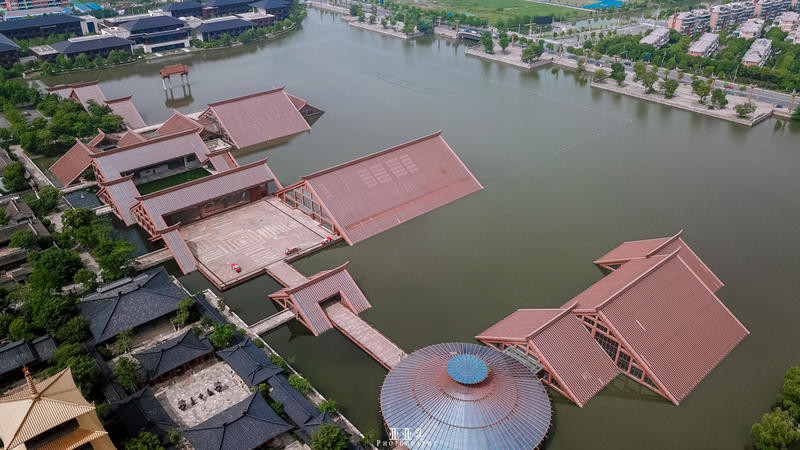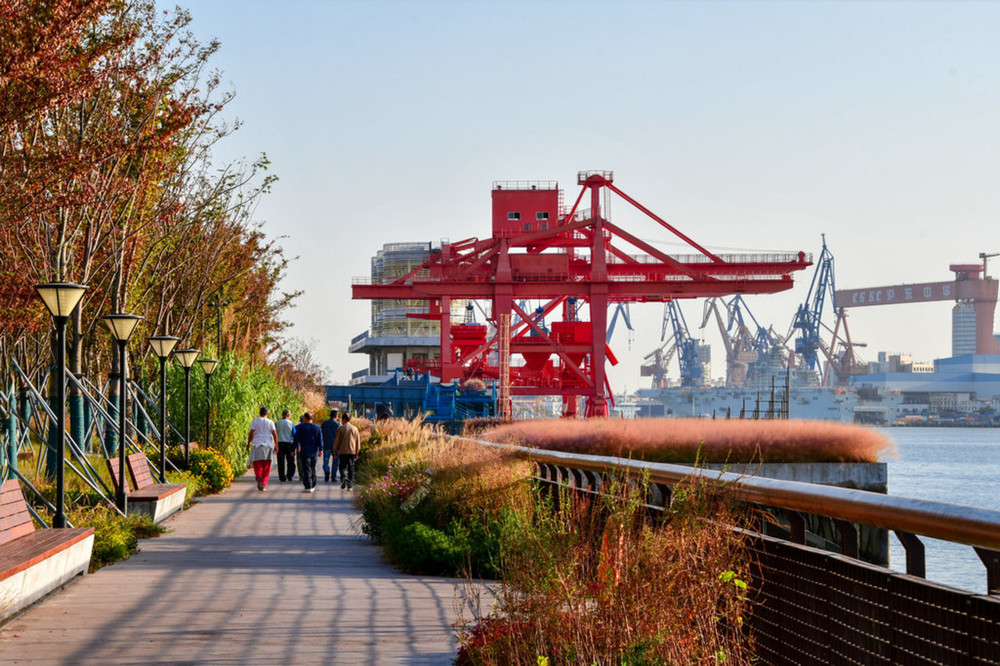Do you remember the Menghuan Silver Pagoda I wrote about some time ago? Alongside the Silver Pagoda, another must-visit attraction in Mangshi is the Golden Pagoda. Both pagodas are situated atop Leiya Mountain, beside Peacock Lake, with only a few steps separating them. Despite their close proximity, they are ticketed separately, requiring visitors to purchase two distinct tickets to explore both.
While the Silver Pagoda is revered for its sanctity, the Golden Pagoda, known as the Menghuan Grand Golden Pagoda, is more renowned and commercially vibrant. Today, I’ll guide you through the splendor of the Menghuan Grand Golden Pagoda. It’s intriguing that the Silver Pagoda is simply named as such, while the Golden Pagoda carries the grand title. Among the many temples and pagodas in Mangshi, the Menghuan Grand Golden Pagoda stands out as the most magnificent.
Located on the summit of Leiya Mountain in the southeast of Mangshi, beside Peacock Lake, the Menghuan Grand Golden Pagoda’s dazzling landmark is visible from the city streets. Every night, the Menghuan Grand Golden Pagoda and the Silver Pagoda shine brightly, serving as guiding lights with Peacock Lake reflecting below like a mirror. For the Dai people, the Grand Golden Pagoda is a sacred place. It is also notable as China’s first golden Buddhist pagoda and Asia’s first hollow Buddhist pagoda. The architecture is rich in Dai ethnic style, and the movie ‘Monster Hunt 3’ featured scenes shot here, with the grand Golden Pagoda in the film being the Menghuan Grand Golden Pagoda itself.
There is a local legend about the Menghuan Grand Golden Pagoda. The protector of the Dai people, the Golden Rooster A Luan, was reincarnated before the birth of Sakyamuni and practiced on Leiya Mountain. The rooster’s daily crow at dawn signaled the arrival of light, hence the city’s name ‘Menghuan’. Buddhist disciples later built a great pagoda here. The original Leiya Mountain pagoda was destroyed during the Anti-Japanese War in 1942, and the Menghuan Grand Golden Pagoda in Mangshi city was destroyed in 1966. The local decision was to combine the two and rebuild them, naming it the Menghuan Grand Golden Pagoda. The current Menghuan Grand Golden Pagoda, not an ancient artifact, was constructed in 2004 at a cost of 50 million, a decision that has proven incredibly successful, attracting countless visitors.
Upon entering the Grand Golden Pagoda, the experience is starkly different from the Silver Pagoda. While the Silver Pagoda is so sacred that people hesitate to approach, the Golden Pagoda’s dazzling golden light draws the eye. The mountain gate is imposing, with winding dragons on either side of the steps, each with five heads, seemingly inlaid with gems that shine brightly. Beside the Dragon God stands a row of statues of monks, holding golden bowls, with the leading Buddha entirely golden and radiating a kind demeanor, as if listening to the world’s sufferings. From a panoramic view, one can see a person bowing down before the Buddha, creating a sacred scene. Ascending the steps to the top, the words ‘Menghuan Grand Golden Pagoda’ shine brightly, and the mountain gate is carved with peacocks, Buddhas, and Dharma instruments. Though a religious building, the Grand Golden Pagoda feels more like a piece of art. Passing through the mountain gate, the main pagoda of the Menghuan Grand Golden Pagoda stands 76 meters high with a base diameter of 50 meters, shaped as an octagonal hollow Buddhist pagoda. It has four gates facing east, south, west, and north, all of which can be entered, but shoes must be removed. Under the blue sky, the golden and magnificent decoration does not feel gaudy, instead, it conveys a solemn and respectful atmosphere.Moreover, because it is located on the top of Leiya Rang Mountain by the Peacock Lake in the southeast of Mangshi, this dazzling and majestic landmark building can be seen on the streets of Mangshi. When night falls, the Meng Huan Golden Pagoda and the Meng Huan Silver Pagoda shine brightly, just like two guiding lights visible from afar, indicating their locations. The Peacock Lake at the foot of the mountain is as calm as a mirror.
For the Dai people living here, the Grand Golden Pagoda is their holy land.
Furthermore, the Meng Huan Golden Pagoda is also the first golden Buddhist pagoda in China and Asia’s first hollow Buddhist pagoda. Due to its architecture with strong Dai ethnic customs, the movie ‘Monster Hunt 3’ once filmed here. The magnificent Grand Golden Pagoda in the movie is this Meng Huan Golden Pagoda.
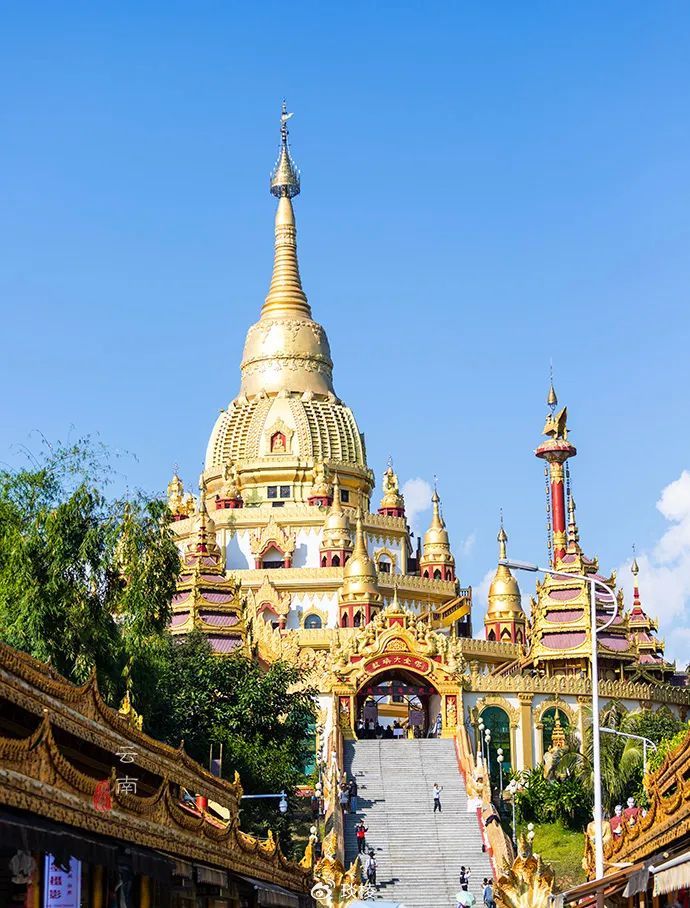
Regarding the Meng Huan Golden Pagoda, there is such a legend circulating locally:
The patron saint of the Dai people is the golden rooster, A Luan. A long time ago, before his death, Sakyamuni was reincarnated as the golden rooster, A Luan, and practiced on Leiya Rang Mountain. The golden rooster, A Luan, crows every day to herald the dawn and call for light, so this city is also called ‘Meng Huan’. Later, Buddhist disciples practiced here, so a large Buddhist pagoda was built.
Unfortunately, the original pagoda on Leiya Rang Mountain was destroyed during the War of Resistance against Japanese Aggression in 1942, and the Meng Huan Golden Pagoda in the urban area of Mangshi was also destroyed in 1966. The local government decided to combine the two pagodas and rebuild them, naming it the Meng Huan Golden Pagoda.
Therefore, the Meng Huan Golden Pagoda we see now is not an antique. It was built in 2004 at a cost of a full 50 million yuan. Fortunately, the local government made an extremely correct decision, which gave us the treasure that countless people come to check in today.
Entering the Grand Golden Pagoda, it gives a completely different feeling from the Silver Pagoda. The Silver Pagoda is so holy that people dare not approach it easily; from a distance, the Golden Pagoda is glittering and dazzling. The mountain gate is very imposing. As you walk up all the way, you can’t take your eyes off it. On both sides of the steps are winding dragons, each with five dragon heads. The gold color seems to be inlaid with jewels, shining brightly.
A row of statues of monks are erected beside the dragon god, holding golden alms bowls in their hands. The leading Buddha is also all golden and has a kind face, as if listening to the sufferings of the world.
From a panoramic view, one can see a person prostrating themselves before the Buddha, creating a profoundly sacred scene. At the top of the steps, the words ‘Menghuan Great Golden Pagoda’ shine brightly, with the gateway adorned with carvings of peacocks, Buddhas, and religious instruments. While it is a religious structure, I find the Great Golden Pagoda more akin to a work of art.
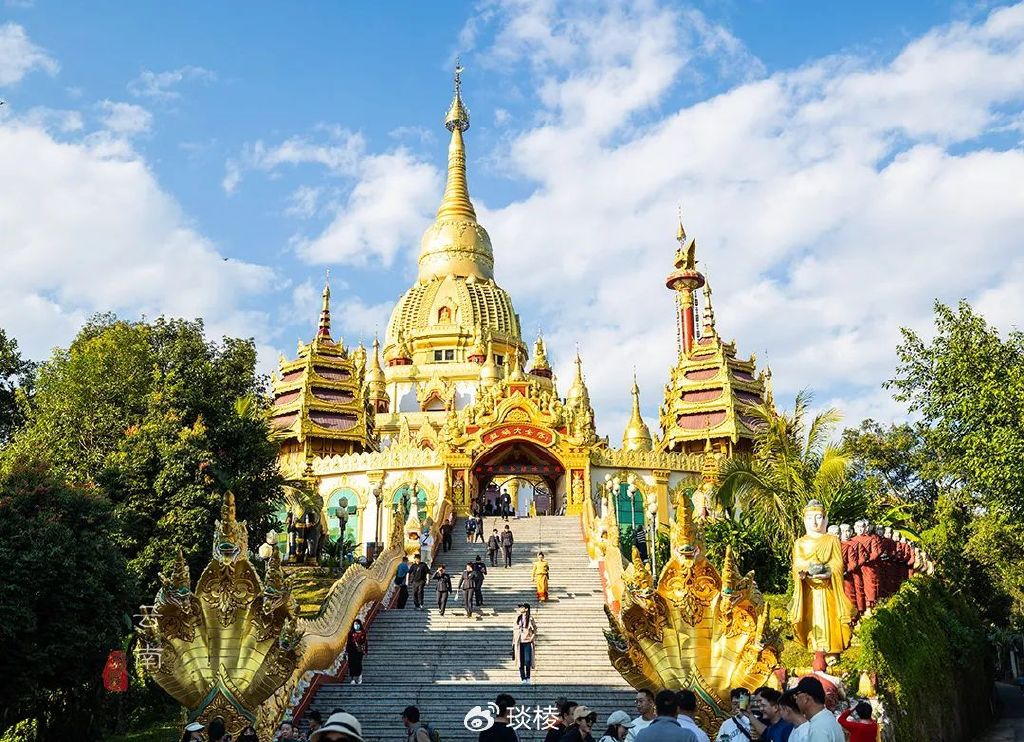
Passing through the gateway, the main pagoda of Menghuan stands at an impressive height of 76 meters, with a base diameter of 50 meters, designed as an octagonal hollow Buddhist pagoda. It features four gates, one for each cardinal direction, all of which can be entered, but shoes must be removed. Under the azure sky, the golden decorations of the structure do not appear gaudy but instead exude a solemn and dignified aura.
The pagoda’s walls are made of white jade, with stairs on the sides leading up and down, although the upper levels are not open to the public. The Great Golden Pagoda consists of four levels, with the bottom three being hollow halls. The first level is the largest, covering an area of over 2000 square meters, with four large Buddhas on the four sides of a central pillar, namely Shakyamuni, Guanyin, and Maitreya. The second and third levels feature 16 exquisitely crafted small pagodas around the perimeter, each housing a white marble Buddha statue; the fourth level has eight small pagodas shaped like vases, making the entire structure complex yet intricate, worthy of a slow and careful observation.
Unbeknownst to many, the construction of the pagoda is extremely luxurious, with the top spire alone weighing 2.3 tons. In addition to the main pagoda, the other buildings are equally attractive, complementing the main pagoda perfectly. There is also a reclining Buddha. With numerous angles for capturing photos, the style here is distinct from that of the Silver Pagoda.
Of course, the Great Golden Pagoda also has a viewing platform offeringTravel Guide
Address: 200 meters west of Xianchui Road, Mangshi, Dehong Dai and Jingpo Autonomous Prefecture
Admission Fee: 40 yuan
Opening Hours: 8:30 AM – 9:30 PM
During this visit to the Great Golden Pagoda, I also witnessed the Dai ethnic group’s national intangible cultural heritage—the Peacock Dance on a Frame. The dancers, dressed in peacock attire, resemble a flock of peacocks displaying their beauty. Accompanied by enchanting music, their graceful movements perfectly capture the essence of the peacock. Such a vivid performance can only be appreciated in the land of peacocks. I couldn’t help but want to join them, imagining myself as a peacock as well. Their dance is that infectious.
Overall, the Menghuan Great Golden Pagoda is indeed worth a visit. Not only for its religious significance but also as an architectural art piece, it is a journey well worth taking.
